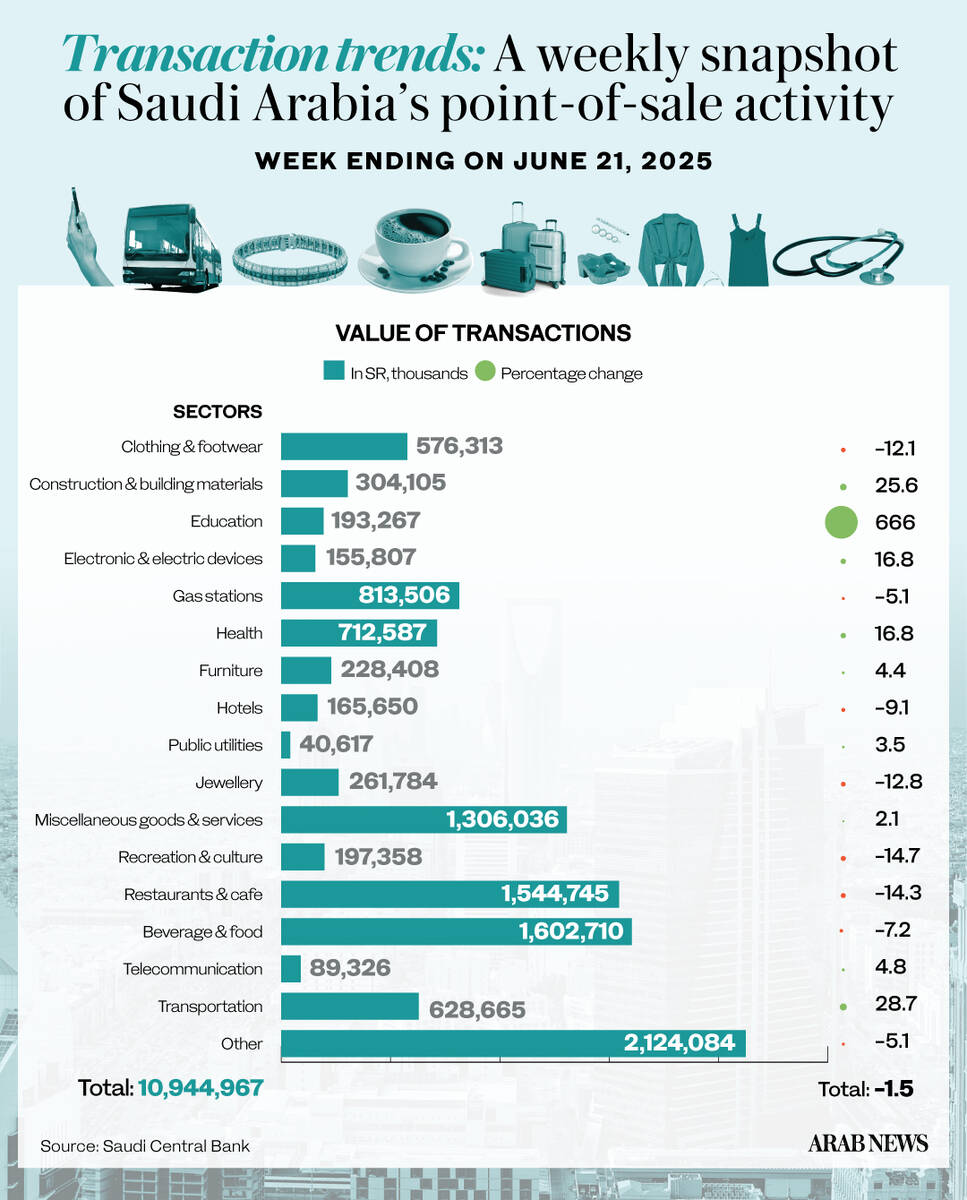RIYADH: Saudi Arabia is poised for enhanced precision in its foreign direct investment insights after a revamped methodology unveiled by the Ministry of Investment.
The new approach differentiates itself by dissecting individual financial statements for pinpoint accuracy as opposed to prior estimations based on flow accumulations, according to a report by the Saudi Press Agency.
Unveiled on Nov. 7, the updated FDI figures result from a streamlined process initiated in October, garnering an endorsement from the International Monetary Fund and applause from the UN Conference on Trade and Development.
Crafted through an 18-month collaboration among the Ministry of Investment, the General Authority for Statistics, and the Saudi Central Bank, the new methodology aligns with the IMF’s Balance of Payments and International Investment Position Manual’s global standards.
Examining over 70,000 financial records from over 10,000 foreign enterprises has culminated in a refined FDI data set from 2015 to 2022.
The recalibrated figures reveal a substantial increment in FDI, positioning the Kingdom 16th among G20 nations in 2022 with an FDI stock of SR775 billion ($207 billion), a contrast to the former estimate of SR1 trillion.
Moreover, the new methodology has propelled Saudi Arabia to the 10th place in the G20 for FDI inflows for 2022, doubling the 2015 figures and fine-tuning the prior estimated inflows from about SR30 billion to SR122 billion last year.
Khalid Al-Falih, Saudi minister of investment, affirmed the Kingdom’s dedication to fostering an optimal investment climate, emphasizing the significance of a robust FDI statistical framework.
“Investors are entering the fast-growing Saudi market with confidence due to its size and strategic position, which provides an excellent platform to access growth opportunities across the Middle East and beyond,” the minister said.
“The updated data, produced under the new methodology, along with our investor outreach programs, will allow us to respond to and calibrate the investment environment to attract and retain even more investors,” he added.
The introduction of the new methodology is a strategic step towards elevating the Kingdom’s financial profile and consistently drawing foreign direct investment via a verifiable record of capital performance.































